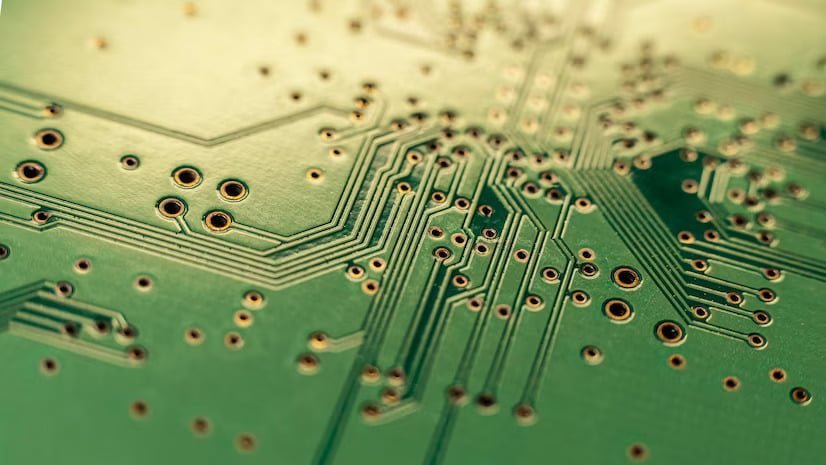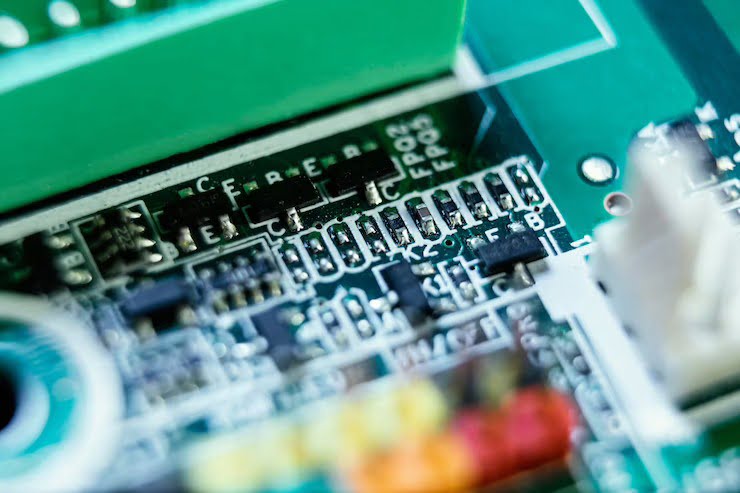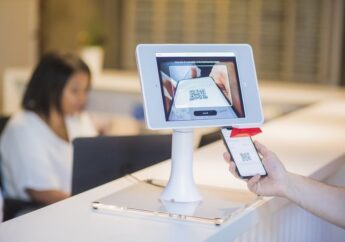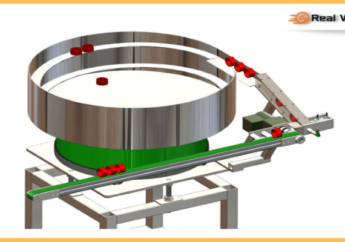Exploring The Functionality And Applications Of A Printed Circuit Board
by Arnab Dey Technology Published on: 17 February 2023 Last Updated on: 08 November 2024

Printed Circuit Boards (PCBs) are constructed on a substrate-based structure, providing a rigid and nonconductive foundation for the circuitry. The PCBs are mostly used to connect and support the circuit’s electrical parts mechanically and electrically. These vital components play a crucial role in the functionality of electronic devices.
When it comes to manufacturing high-quality PCBs, partnering with a reliable printed circuit board manufacturer is essential. A trusted manufacturer can ensure the production of PCBs that meet the required standards and specifications. Their expertise and advanced manufacturing processes enable them to deliver reliable and efficient PCBs for various applications. Whether for consumer electronics, industrial equipment, or automotive systems, collaborating with a reputable PCB manufacturer ensures the production of top-notch circuit boards that meet your design’s form factor and performance requirements.
A feature of any hardware design that specifies the size, shape, and other relevant physical properties of the PCB in its entirety is known as the form factor. Chassis, mounting schemes, and board configurations are all taken into account when choosing a PCB design’s form factor. Copper interconnects (routes) serve as the path for the electrical signals and are used to connect the components on a PCB.
During World War II, Paul Eisler, an Austrian engineer, was the first to develop PCBs. His patent-protected methods for the PCB etching process, various interconnect routing mechanisms, and the use of electrical conduits in the printed circuit board are in use for decades.
PCB designs have undergone significant evolution since their inception. PCBs of today range widely in complexity, from simple designs with one layer to elaborate ones with 20 to 30 layers and embedded vias. PCB vias are vertical accesses for establishing an electrical connection through one or more printed circuit board layers that are adjacent to one another.
A computing system’s area, power, performance, dependability, and security all depend on PCBs. These factors should be taken into account during the PCB design and testing process. This chapter provides an overview of PCBs and focuses primarily on current design and testing practices.
It discusses the various types of board-printed circuits and the electrical components that are used in a PCB. It also gives a brief history of PCB development, focusing on how PCB design has changed as technology has improved. The chapter also shows the entire life cycle of modern PCB design, including an illustration of each step and the parties involved, get more.
What Are the Purposes of Printed Circuit Boards?
Almost every electronic device includes printed circuit boards. It comes as no surprise given what they can accomplish. But what exactly are printed circuit boards used for, and why are they used so frequently?
How are PCBs used?

Due to the wide range of applications, it is difficult to pinpoint a single application for PCBs. In point of fact, each and every device or object that makes use of a PCB requires a different version. Now, the general function of a PCB is to connect all of a device’s components. The PCB helps the device function and can even allow for complex processes by utilizing a wide range of materials.
Electronic Devices
A PCB’s most fundamental function is to enable a straightforward electric device action. The pathways and channels that the signals and electricity follow are provided by a PCB. A device can operate at the most fundamental level thanks to this. A device might not even turn on without a PCB.
Computer
A PCB can do more than just perform basic functions in a computer. The PCB is capable of running any number of processes by custom design and the addition of specific components. The PCB in a computer, also known as the mother print circuit board to most people, is a great illustration of this. Additionally, they are utilized in the industrial and medical sectors.
Why They Are Common?

Why PCBs Are So Common There Are Two Reasons Why PCBs Are So Common. First, the PCB is one of the most effective and intricate components that provides a device with so much functionality. PCBs’ convenience is another factor contributing to their widespread use.
Once a design has been created, the production of a PCB can be automated. At cabbest, you can complete the entire procedure with quick PCB prototyping.
Printed circuit boards are typically used for this purpose. However, the precise function of each PCB is really determined by its individual design.
Read Also:



































































































